How To Use Rangefinder Binoculars ?
To use rangefinder binoculars, first, adjust the eyepieces to your eyesight by turning the diopter adjustment ring. Next, locate the target you want to measure the distance to and look through the binoculars. Align the target in the center of the field of view. Press the range button or switch to activate the rangefinder function. Keep the binoculars steady and wait for the rangefinder to calculate the distance. The distance measurement will be displayed in the viewfinder or on a digital screen. Some rangefinder binoculars also provide additional features like angle compensation or ballistic information. Remember to consult the user manual specific to your model for detailed instructions on how to use the rangefinder binoculars effectively and accurately.
1、 Understanding the basics of rangefinder binoculars
Understanding the basics of rangefinder binoculars is essential for anyone looking to utilize this advanced optical device effectively. Rangefinder binoculars combine the functionality of traditional binoculars with the ability to measure distances accurately. These devices are commonly used in activities such as hunting, golfing, and wildlife observation.
To use rangefinder binoculars, start by adjusting the eyepieces to match your eyesight. This can usually be done by twisting the eyepiece barrels until the image appears clear and sharp. Next, focus the binoculars on the target object using the central focusing wheel. Once the image is clear, activate the rangefinder function, which is typically done by pressing a button located on the top or side of the binoculars.
The rangefinder function uses laser technology to measure the distance between the observer and the target. When the button is pressed, a laser beam is emitted from the binoculars and bounces back off the target object. The device then calculates the time it takes for the laser beam to return, providing an accurate distance measurement.
It is important to note that different models of rangefinder binoculars may have additional features and settings. Some devices offer advanced ballistics calculations, incline/decline measurements, and even Bluetooth connectivity to sync with mobile apps. Familiarizing yourself with the specific features and functions of your rangefinder binoculars is crucial for optimal usage.
In recent years, rangefinder binoculars have seen advancements in technology, resulting in improved accuracy and range capabilities. Some models now offer longer distance measurements, faster response times, and enhanced image quality. Additionally, manufacturers have focused on making these devices more compact and lightweight, making them easier to carry and handle in the field.
In conclusion, understanding the basics of rangefinder binoculars is essential for their effective use. By adjusting the eyepieces, focusing the binoculars, and activating the rangefinder function, users can accurately measure distances to their target objects. With advancements in technology, rangefinder binoculars have become more advanced, offering improved accuracy, range, and additional features.
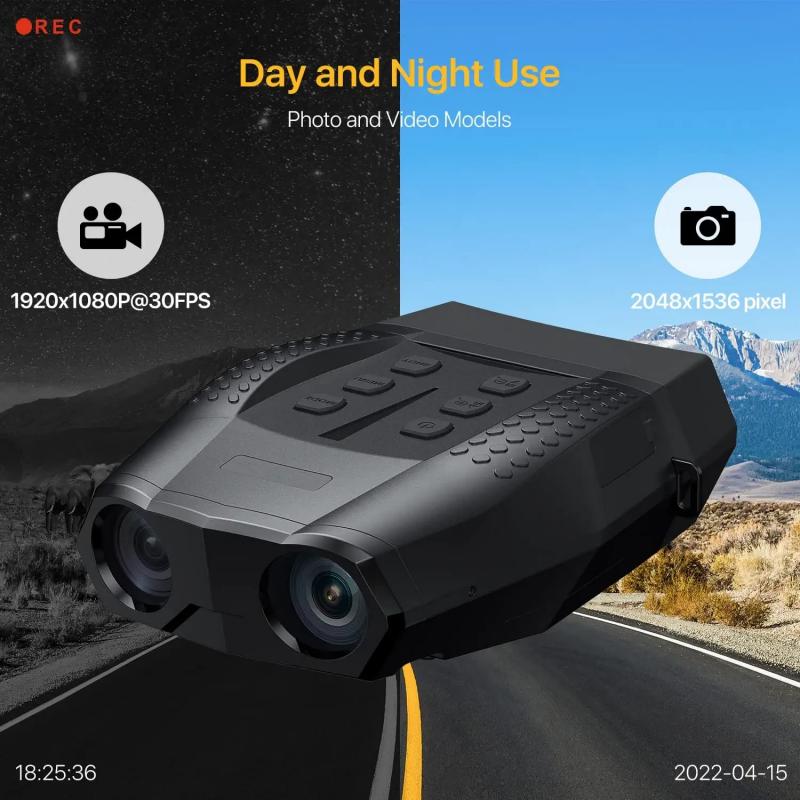
2、 Adjusting the focus and diopter settings for accurate measurements
Rangefinder binoculars are a valuable tool for outdoor enthusiasts, hunters, and golfers who need to accurately measure distances. To make the most of these binoculars, it is important to know how to use them properly. One crucial step is adjusting the focus and diopter settings for accurate measurements.
To begin, locate the focus wheel on the binoculars. This wheel allows you to adjust the focus of the image you see through the lenses. Look through the binoculars at a distant object and slowly turn the focus wheel until the image becomes clear and sharp. It is important to take your time with this step to ensure accurate measurements.
Next, locate the diopter adjustment ring, usually located near the right eyepiece. The diopter adjustment allows you to compensate for any differences in vision between your eyes. To adjust the diopter, close your right eye and focus on a distant object using only your left eye. Turn the diopter adjustment ring until the image appears sharp and clear. Then, close your left eye and open your right eye, adjusting the focus wheel if necessary. The image should now be in focus for both eyes.
It is worth noting that some rangefinder binoculars come with advanced features such as laser rangefinders, which can measure distances accurately. These binoculars often have a separate button or switch to activate the rangefinder function. Consult the user manual for specific instructions on how to use these additional features.
In conclusion, adjusting the focus and diopter settings is crucial for accurate measurements when using rangefinder binoculars. Take your time to ensure the image is clear and sharp, and adjust the diopter to compensate for any differences in vision between your eyes. With proper use, rangefinder binoculars can greatly enhance your outdoor experiences.

3、 Utilizing the rangefinder feature to measure distances effectively
Utilizing rangefinder binoculars to measure distances effectively is a valuable skill for various outdoor activities such as hunting, birdwatching, and golfing. These binoculars combine the functionality of a rangefinder with the magnification power of binoculars, allowing users to accurately determine the distance to a target. Here's how to use rangefinder binoculars effectively:
1. Familiarize yourself with the device: Read the user manual thoroughly to understand the specific features and functions of your rangefinder binoculars. This will help you navigate through the settings and make the most of its capabilities.
2. Set up the rangefinder: Adjust the eyepieces to match your eyesight and ensure a clear view. Some models may require additional adjustments, such as diopter settings, to achieve optimal focus.
3. Aim at the target: Look through the binoculars and locate your target. Steady your hands or use a tripod if necessary to minimize shaking and improve accuracy.
4. Activate the rangefinder: Depending on the model, you may need to press a button or switch to activate the rangefinder feature. Ensure that the rangefinder is properly aligned with the target.
5. Measure the distance: Once the rangefinder is activated, it will emit a laser beam towards the target. The device will then calculate the time it takes for the laser to bounce back, providing an accurate distance measurement.
6. Interpret the results: The distance measurement will be displayed on the rangefinder's screen or through the binoculars' viewfinder. Some advanced models may also provide additional information such as angle compensation or ballistic data.
7. Practice and refine your technique: Like any skill, using rangefinder binoculars effectively requires practice. Experiment with different settings, learn to estimate distances visually, and familiarize yourself with the device's limitations.
It's worth noting that technology is constantly evolving, and new features are being introduced to rangefinder binoculars. Some models now offer smartphone connectivity, allowing users to transfer data or access advanced mapping features. Stay updated with the latest advancements to make the most of your rangefinder binoculars.
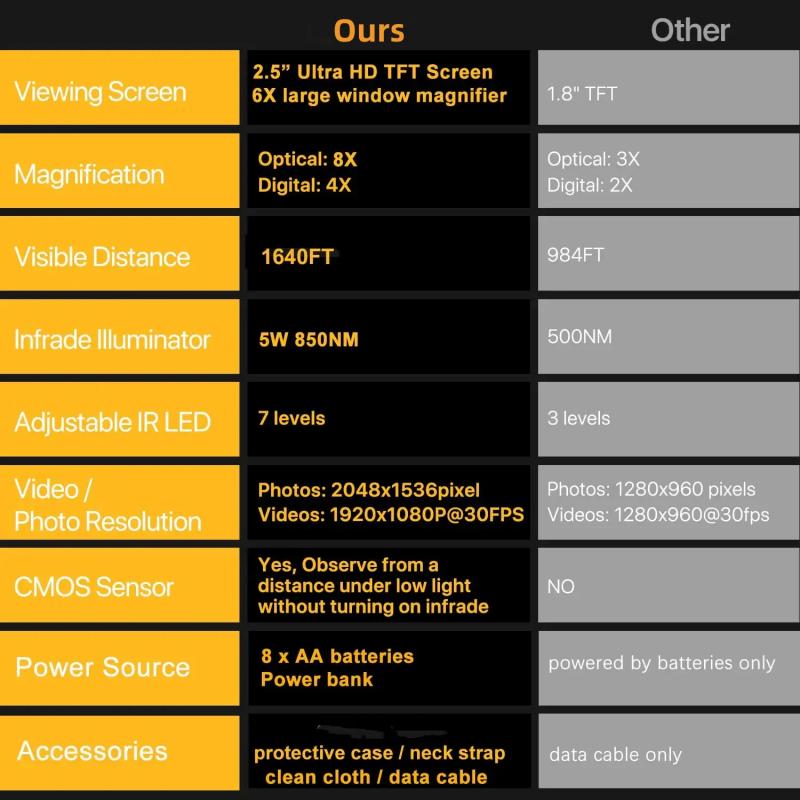
4、 Accounting for environmental factors that may affect rangefinder accuracy
Rangefinder binoculars are a valuable tool for outdoor enthusiasts, hunters, and golfers, as they provide accurate distance measurements. To effectively use rangefinder binoculars, follow these steps:
1. Familiarize yourself with the device: Read the user manual thoroughly to understand the specific features and functions of your rangefinder binoculars. This will help you make the most of its capabilities.
2. Calibrate the rangefinder: Before using the device, ensure it is properly calibrated. Follow the manufacturer's instructions to align the rangefinder accurately.
3. Aim at the target: Look through the binoculars and locate your target. Align the crosshairs or reticle on the target to get an accurate reading.
4. Press the range button: Once the target is in sight, press the range button to activate the rangefinder. The device will emit a laser beam that reflects off the target and measures the distance.
5. Read the distance measurement: The rangefinder will display the distance measurement on the screen. Some models may also provide additional information such as angle compensation or slope adjustment.
Accounting for environmental factors that may affect rangefinder accuracy is crucial to ensure precise measurements. Factors such as fog, rain, glare, and low light conditions can impact the device's performance. Manufacturers are continuously improving rangefinder technology to mitigate these issues. For example, some models now feature advanced algorithms that compensate for atmospheric conditions, providing more accurate readings.
To account for environmental factors, consider the following:
1. Use a rangefinder with advanced features: Look for models that offer features like fog mode or target priority mode, which can help improve accuracy in adverse weather conditions.
2. Clean the lenses: Keep the lenses clean and free from dirt, smudges, or water droplets. Use a lens cleaning cloth or solution recommended by the manufacturer.
3. Practice in different conditions: Familiarize yourself with the rangefinder's performance in various weather conditions. Practice using it in fog, rain, or low light to understand how these factors affect accuracy.
4. Take multiple readings: To ensure accuracy, take multiple readings and compare the results. This will help you account for any inconsistencies caused by environmental factors.
By following these steps and accounting for environmental factors, you can effectively use rangefinder binoculars and obtain accurate distance measurements for your outdoor activities.







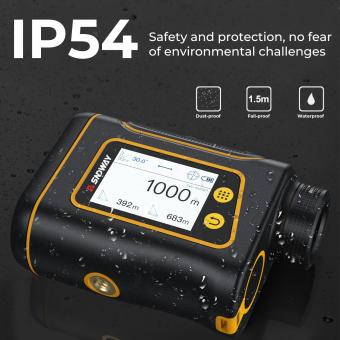
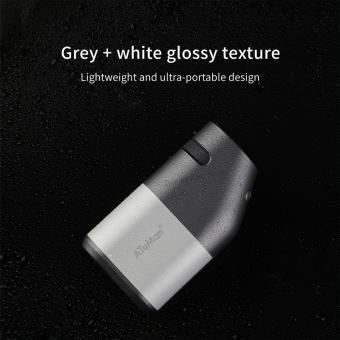



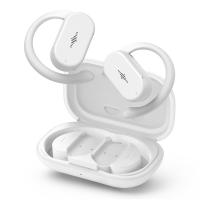

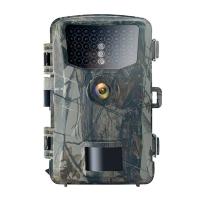
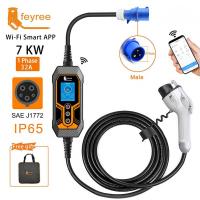



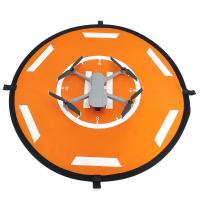

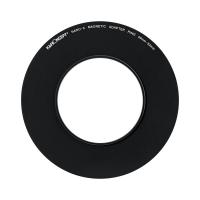
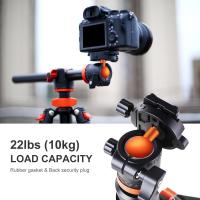
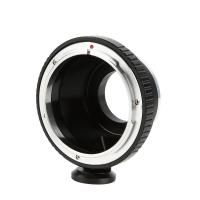


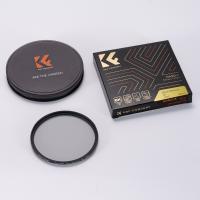
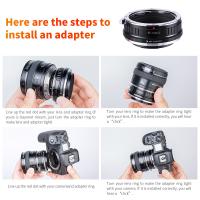
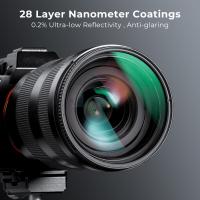
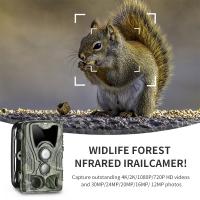
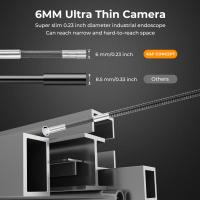
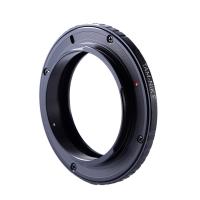
There are no comments for this blog.